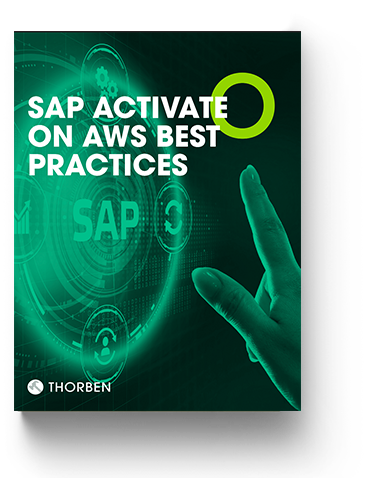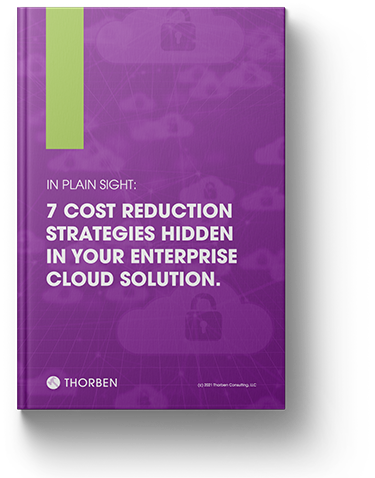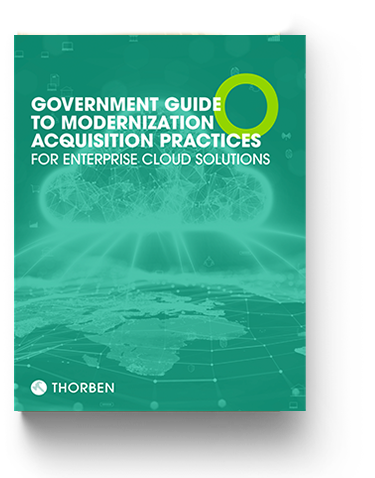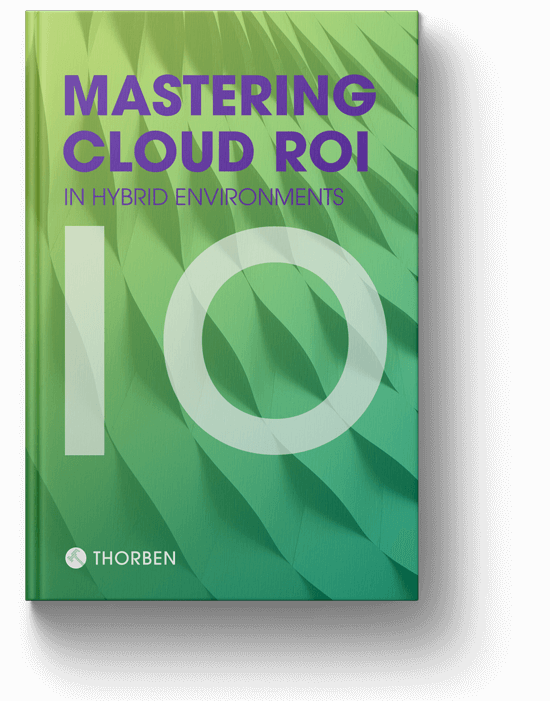Balancing what’s possible with efficient use of resources is a central challenge for Enterprise Cloud Solutions.
These new services, provided by AWS, AWS Govcloud, Azure, and Google Cloud, are vastly different than what agencies have experienced.
And with this comes a new set of assumptions and expectations markedly different from the past in terms of utility and value — but especially when it comes to cost.
Old Assumption: Increased Value = Increased Cost.
Enterprise Cloud Solutions geometrically expand the value that stakeholders can derive from Information Technology, especially from data. Most stakeholders look at Enterprise Cloud Solutions as just a change in delivery, and a means to potentially reduce costs. When they realize how much more data is captured and how much more accessibility and visibility Enterprise Cloud Solutions provide, there is usually an explosion of interest in using the solution.
Traditionally this comes with the assumption that costs for utilizing these solutions increase over time.
In the early days of Cloud contracts, many agencies locked in out-year pricing, which seemed like the right move at the time.
New Reality: Expanded Value ≠ Increased Cost.
With so much competition and growth in the Enterprise Cloud services arena, costs will actually decrease over time, meaning that agencies need to recognize that any attempt to lock in pricing with fixed price quotes
will be meaningless when they move to procure these services.
After all, who wants to get stuck paying significantly higher rates when the market rate for service continues to lower?
How to mitigate financial risk by playing the long game.
To mitigate this risk, agencies should cap costs in out years upon contract award but have a mechanism to reset rates every two years to match the going market rates. Linking this with a contractor incentive to reduce costs for the service provider will allow agencies to reduce costs over time in this transition to cloud computing.
While efficiency or cost savings can be hard to quantify or use as motivation if a contractor received a 25-50% incentive for reducing maintenance costs on a year over year basis, that could align incentives for government and contractors to drive towards costs savings by automating processes that contractors and the agency would typically perform would reap 100% of the costs savings beyond the first year.
The current best way to pay for Enterprise Cloud services is to guarantee a specific budget with your provider over a specified period, as they will provide you with their best discounts upfront.
Marginal increases would then be subject to market rates. From an organizational perspective, optimizing this requires planning and coordination across your systems related to resource utilization, particularly around developing and testing new capabilities. More work coordinating this upfront will allow agencies to balance cost-efficiency with capacity expansion.




